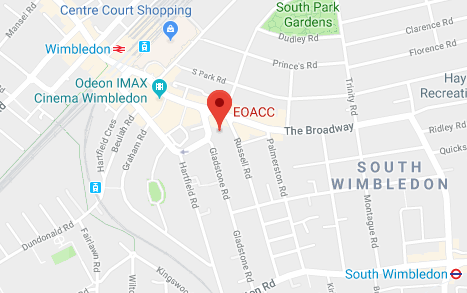VAT in the UK (Part 2)
In the first part of this article I looked at the basics of VAT in the UK. The VAT rates, VAT registration and VAT thresholds etc. In this part I’m going to look at another UK VAT scheme.
Flat Rate VAT scheme
There is another VAT scheme that businesses can register for in the UK. It’s called the Flat Rate VAT scheme. This scheme was introduced by HMRC to simplify VAT returns for small businesses and contractors with their own limited companies.
Let’s use an example. Billy G is an IT contractor. He incorporated a limited company and he’s turning over more than £79 000 per year, but less than £150000 per year. Billy needs to register for VAT, but the thought of calculating the VAT he paid on his expenses (which are very limited because he provides a consulting service with little or no expenses) seems like a lot of hassle for nothing.
He doesn’t mind the fact that his service fee will increase by 20% because the clients he contracts for are all VAT registered, so they will simply claim back the VAT he charges them. In other words, it has no negative effect on them. Billy does a bit of research and discovers the Flat Rate VAT scheme. Under the Flat Rate VAT scheme Billy will pay VAT over to the HMRC at a standard rate. This rate is industry specific. For Billy, who’s in the Computer or IT Consultancy sector, the Flat Rate VAT percentage is 14.5%.
So Billy registers for the Flat Rate VAT scheme. His normal invoice amount per week is £1000. Now that he’s Flat Rate VAT registered, he has to add VAT on his invoice, so his new invoice amount is £1200.
At the end of his first VAT quarter, the HMRC advises him that it’s time to submit his first VAT return. Billy received a total amount of £15 600 for the quarter. Under the Flat Rate VAT scheme, Billy has to pay over VAT to the HMRC at 14.5% for his industry group. But because Billy is in the first year of his VAT registration, he only has to pay VAT over at 13.5% because under the Flat Rate scheme you get a 1% discount for the first year you’re VAT registered.
So, Billy makes the very easy calculation, £15600 * 13.5%. That is a total of £2106 he has to pay over to the HMRC. But Billy received more VAT than that. He received £2600 from his clients. In effect he made a £494 flat rate VAT ‘profit’ in the quarter.
The official term at HMRC for this ‘profit’ is ‘flat rate allowance’, but it looks like money for nothing to me!
Wow, so why doesn’t everybody just register for the Flat Rate VAT scheme and earn extra money for doing nothing? Well, there are a few things to keep in mind. Firstly, you cannot claim any VAT you paid on expenses. This is not a big problem for Billy because his business expenses are low. He only bought one laptop for £500. He paid £83 VAT on that, so he’s still £411 better off.
The second thing to keep in mind is that the cost of Billy’s service increased by 20%. He usually invoiced for £1000 a week, but after he registered for VAT he had to add VAT on his invoice. The result is his invoice amount increased to £1200. Again, in Billy’s case this is not a problem because the company he consults for is also VAT registered. For them it’s irrelevant whether Billy charges VAT or not.
But for Builder A, the scenario is a bit different. Builder A had to buy a lot of material to complete the loft conversion. On the £25 000 loft conversion he had to buy materials to the value of £12 000. He had to pay £2 000 VAT on these materials.
If Builder A was registered under the normal VAT scheme, he could have deducted the £2000 from the VAT he charged the client (£4166.66). So, there is no effect on him. He pays the full amount of VAT he receives (minus the VAT he pays for expenses) back to HMRC.
But if Builder A was registered under the Flat Rate VAT scheme, he could not claim back his input VAT (the £2000 VAT he paid on expenses). He could, however, pay VAT back to the HMRC at 9.5% (which is the Flat Rate VAT percentage for the General Building and Construction industry group.)
After doing all the VAT calculations, Builder A realised he would have been £208.33 worse off under the Flat Rate VAT scheme.
This article only covers the basic of VAT and the Flat Rate VAT scheme, but feel free to contact us should you want us to help you work out what will be best for you and your business.

